5 Reasons to Use Rainscreen Cladding in 2017
By now, we’re all more than familiar with the basic premise of rainscreen cladding.
Its core (practical) function is to provide an exterior surface – a cladding layer – that stops the force of wind-driven water movement to prevent it getting through small breaches in the surface of a building. By the time the water reaches the ‘true’ exterior wall, it has lost its drive and therefore its ability to permeate the wall, hence the origins of its name: rainscreen cladding.
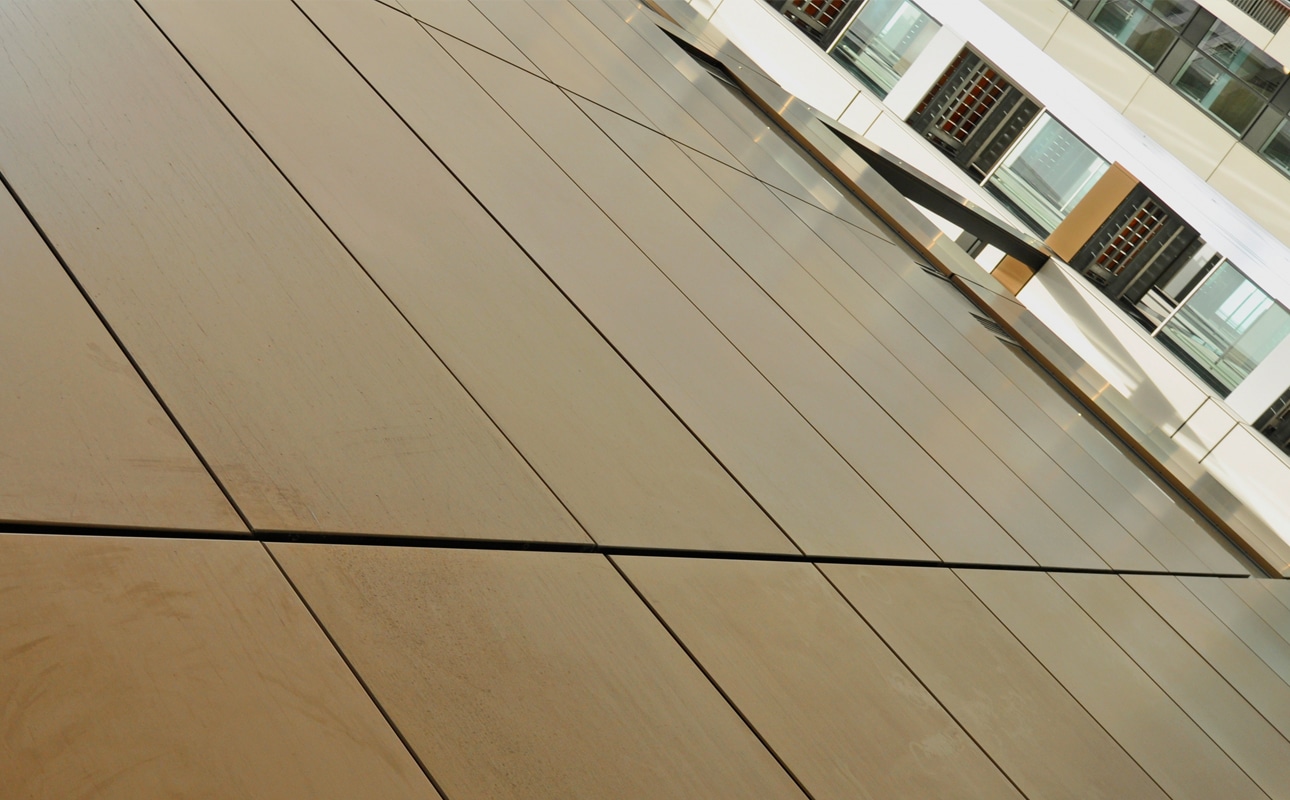
Elephant Road – 3mm Aluminium J57S Grade finished in Anolok 545 panels
But there are other benefits too…
Adding rainscreen cladding to exterior walls significantly slows deterioration and reduces the ongoing ‘upkeep’ costs of the building. In some cases, as with Corten rainscreen cladding, the material itself is self-protecting. In the case of Corten, the rust layer on the surface becomes a tight oxide layer that slows down the progress of corrosion and the anticorrosive properties of weather resistant steel are better than those of other structural steels. A number of our systems allow for easy removal of individual panels to allow them to be repaired or replaced if needed, meaning the condition of the overall structure can remain intact.
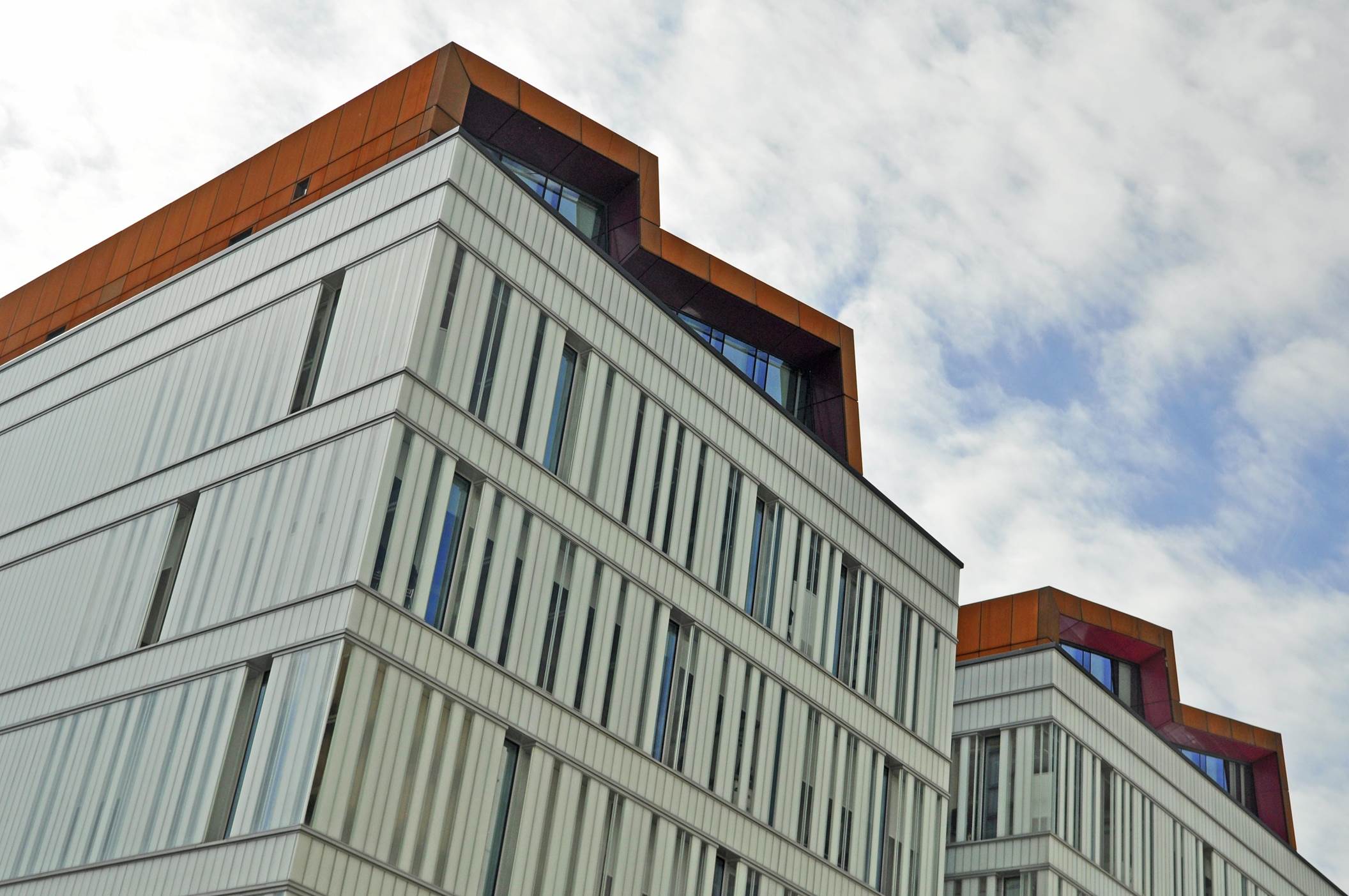
Hallam University – Optima TFC, TFC Perforated and Bespoke Cassette Panels. 4mm Alucobond plus ACM NaturAl Brushed 400, 2mm Corten Steel and Aluminium PPC RAL: 8012, Pantone 229 and Pantone 215c
In addition to its protective properties, rainscreen cladding is one of the most effective and least costly ways to provide full thermal insulation to a building…without compromising on floor space. Because the system provides two lines of defence: a weather-shedding outer barrier and a primary inner drainage plane with the air, vapour, and moisture barrier, it makes it harder for heat (and often sound) to escape the building. This leads to less condensation and damp and can dramatically increase the thermal efficiency of the building.
But perhaps the show stopping benefit of rainscreen cladding in 2017 is its aesthetic value. Rainscreen cladding in large sheet format has been around for over seventy years, inspired originally by timber framed constructions in Norway. Since those early days, the industry has expanded rapidly and rainscreen is now available in a jaw dropping range of materials, systems and finishes. And the market is always innovating. Just recently, for example, Sotech introduced and CWCT tested and certified Optima Horizontal Cladding (HC) to the market to provide an alternative method to create a stable rainscreen system for landspace applications.
Rainscreen cladding is versatile and is now available is almost any design, style, material and finish, whatever your budget. Our Optima range contains systems with a variety of qualities that make them ideal for different projects, whether it’s a secret fix (Optima FC), robustness and strength (Optima XPC) or an economical alternative (Optima TFC). The systems are available in a multitude of materials and thicknesses (from 1.5mm to 4mm)
With regards to materials, architects can opt for metals or metal composites. For example, whilst aluminium protects itself with its oxide skin, aluminium composite material (ACM) provides a unique flatness for creating smooth monolithic surfaces; exceptional load-bearing capacity and flexural strength. It’s strong, smooth, flat, lightweight, durable, attractive and available in a variety of colours, making it a compelling alternative to the more costly aluminium.
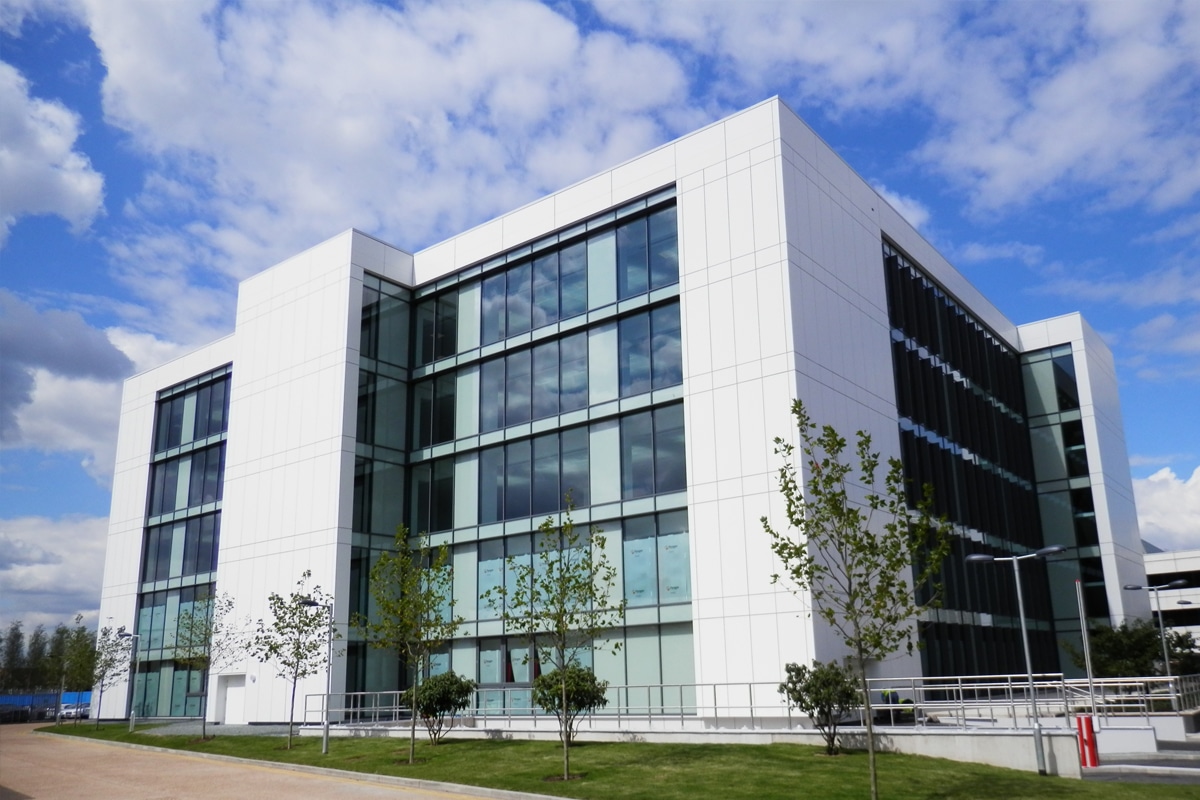
Hyde Park Hayes 5 – Sotech Optima FC in 4.0mm Larson ACM PE, finished in Larson ACM, White RAL 9010
As if that’s not enough, rainscreen cladding provides excellent sustainability benefits to the overall project. Not only is there a lower carbon footprint due to energy savings but a lot of the materials used can be recycled. For example, aluminium is 99.9% recyclable and takes only 15% of the energy used in the original manufacture to recycle the product.
All Sotech Optima Rainscreen Systems have been independently tested and certified to meet CWCT specification for rainscreen providing our customers confidence of the technical performance of our Optima range.

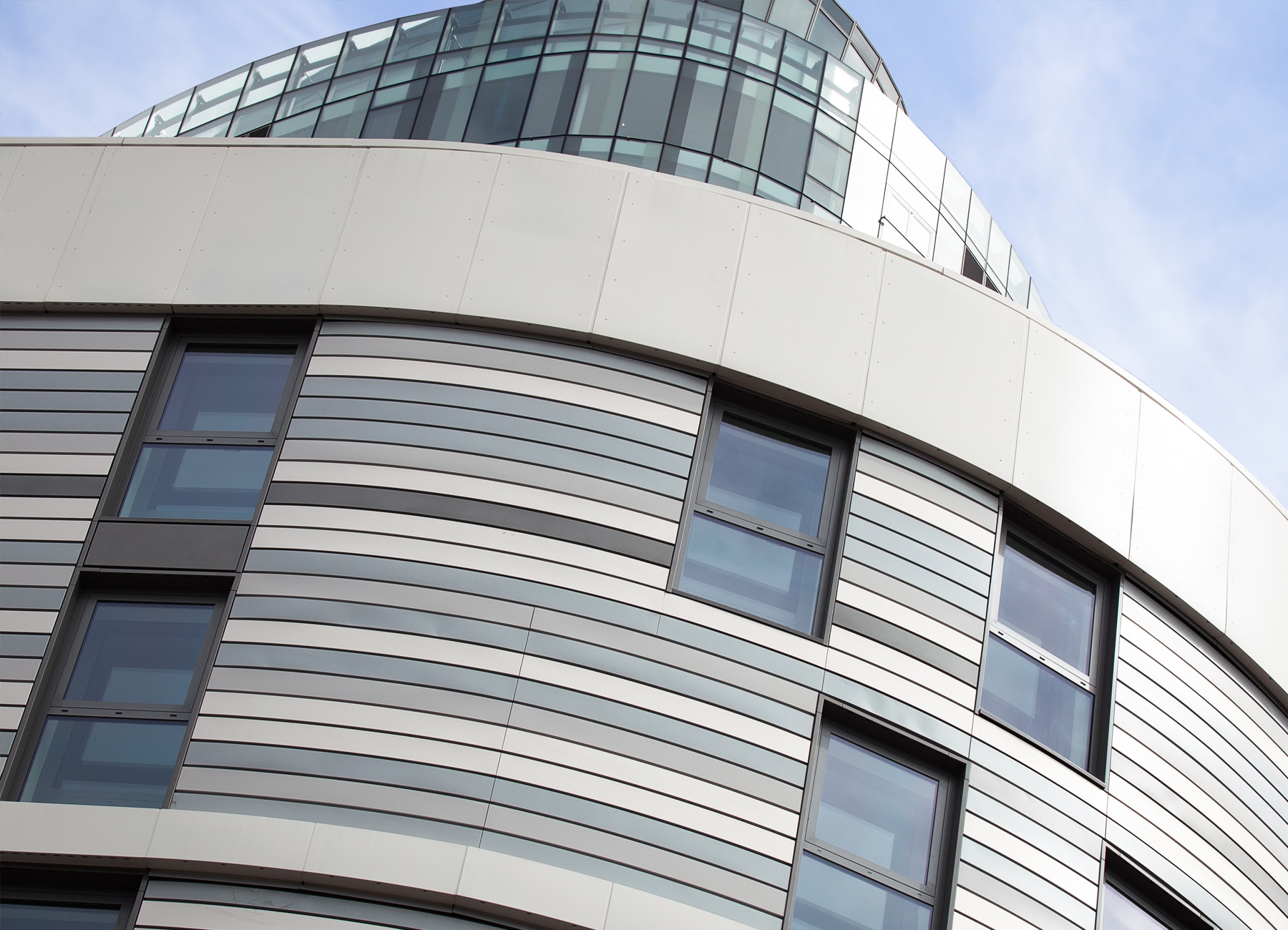
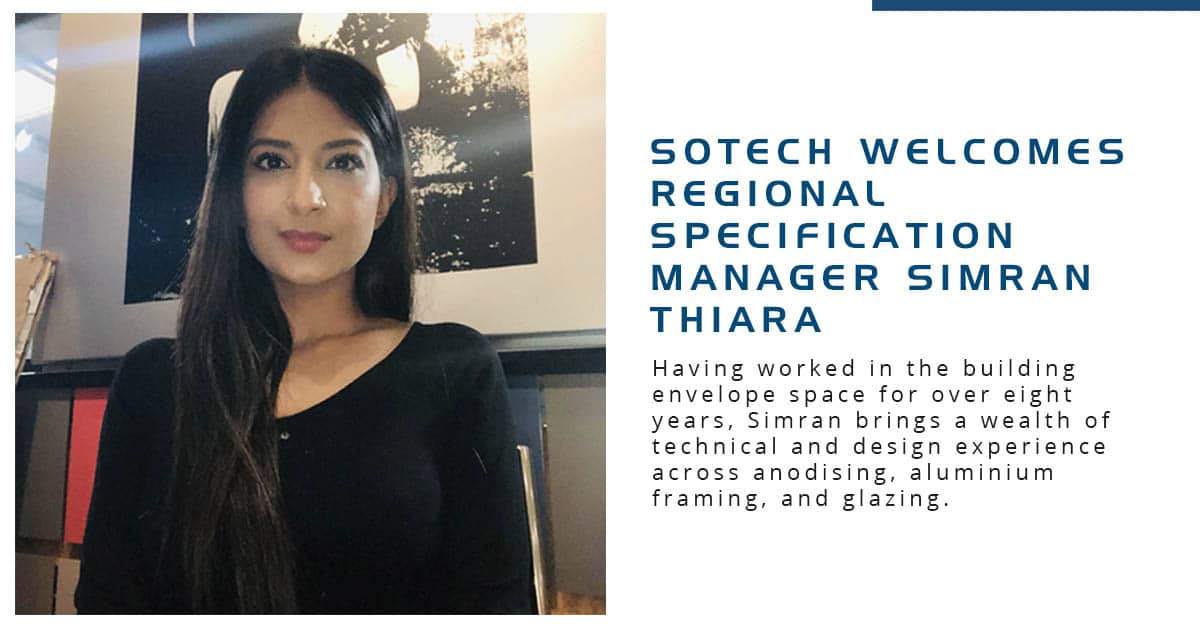
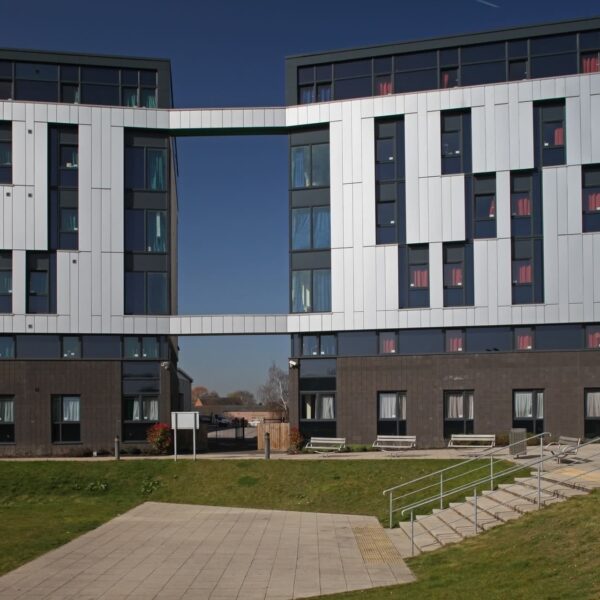

 No downloads in list yet.
No downloads in list yet.